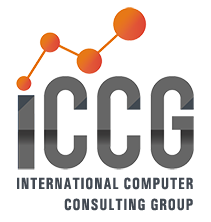Modern organizations rely on business systems to operate. In order to improve efficiency, businesses invest in technology to provide advantages. Technology investments have historically failed to deliver the promise of increased efficiency and maximum ROI. A recent study of 7,000 ERP implementations by the NorthPoint Group revealed the following; only 32.2% reached the ROI goals, user adoption was below 62.4%, 73.5% exceeded the approved funding, and 53.3% missed the go-live date.
For any other investment, these would be horrible results. For technology it's not only the norm, it's expected. Imagine buying a dozen eggs, finding four are rotten, and going back to buy a dozen more of the same brand from the same shop. This is what is happening with technology investments.
The question to ask is, “why do companies continue to approve funding for technology projects when the original return on investment is often missed?” To understand the answer, you need to first understand the process companies use to analyze and fund a technology-based business system. Aside from complex terminology such as hurdle rates, IRR, reverse trending, and the like, companies analyze funding an investment using a widely adopted financial tool called the "J Curve".
Understanding the three components of the J Curve will answer the "why".

And, as always, contact ICCG to help provide you with insight and information. Schedule a complimentary consultation to review your questions.

